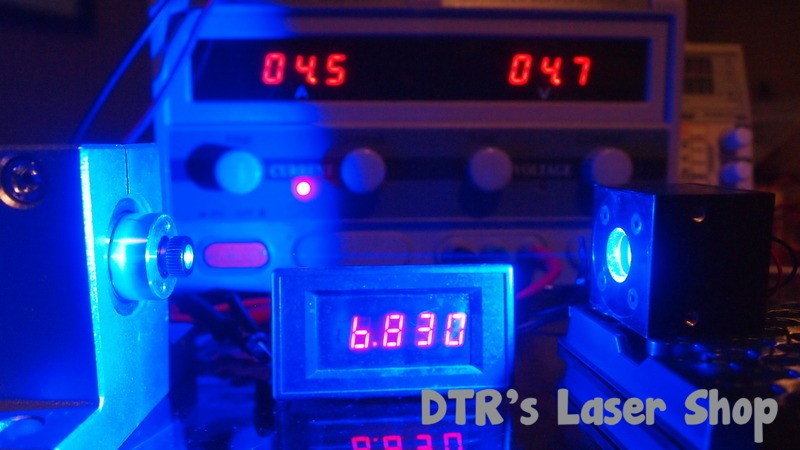Some folk like slimmer laser pointers, otherwise a good 26650 is my choice due to the extra capacity. I like using two in series, even if the diode driver only requires one but will take two. The extra voltage is a waste if the driver is a linear driver but if a high efficiency CC regulator far worth it, if you don't want to recharge the batteries as often (As the battery current draw is reduced extending the run time. The regulator will provide the needed current at a lower voltage, this might be counter intuitive on the face of it as adding batteries in series doesn't give extra capacity for a given voltage output, but can if using a high efficiency driver with a battery source that has far more voltage than needed for the diode).
You will find a lot of 18650 batteries advertised for far more capacity than they can possibly have, so be careful what you believe, it takes a bit of research to be able to understand how many of these re-wrappers make two to three times higher capacity claims than the battery can really produce.
Semi-off topic: If you really want extra capacity, having done research for a uber high capacity battery supply using either 26650 or 18650 batteries, I've found you can get far more capacity than a single 26650 by running two or three paralleled 18650 batteries. The diameter won't be a whole lot larger when doing so and they will give you far more capacity than a single 26650 when paralleled, but then you have a potential for disaster if one of the cells in parallel has a problem, or isn't charged, the other batteries will super over-current charge the depleted battery, boom!







